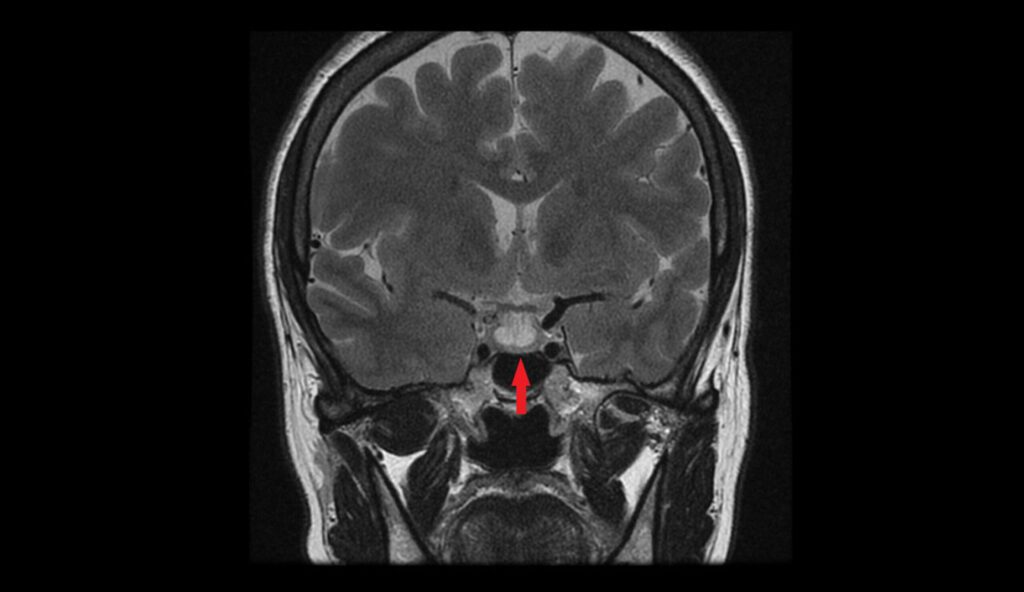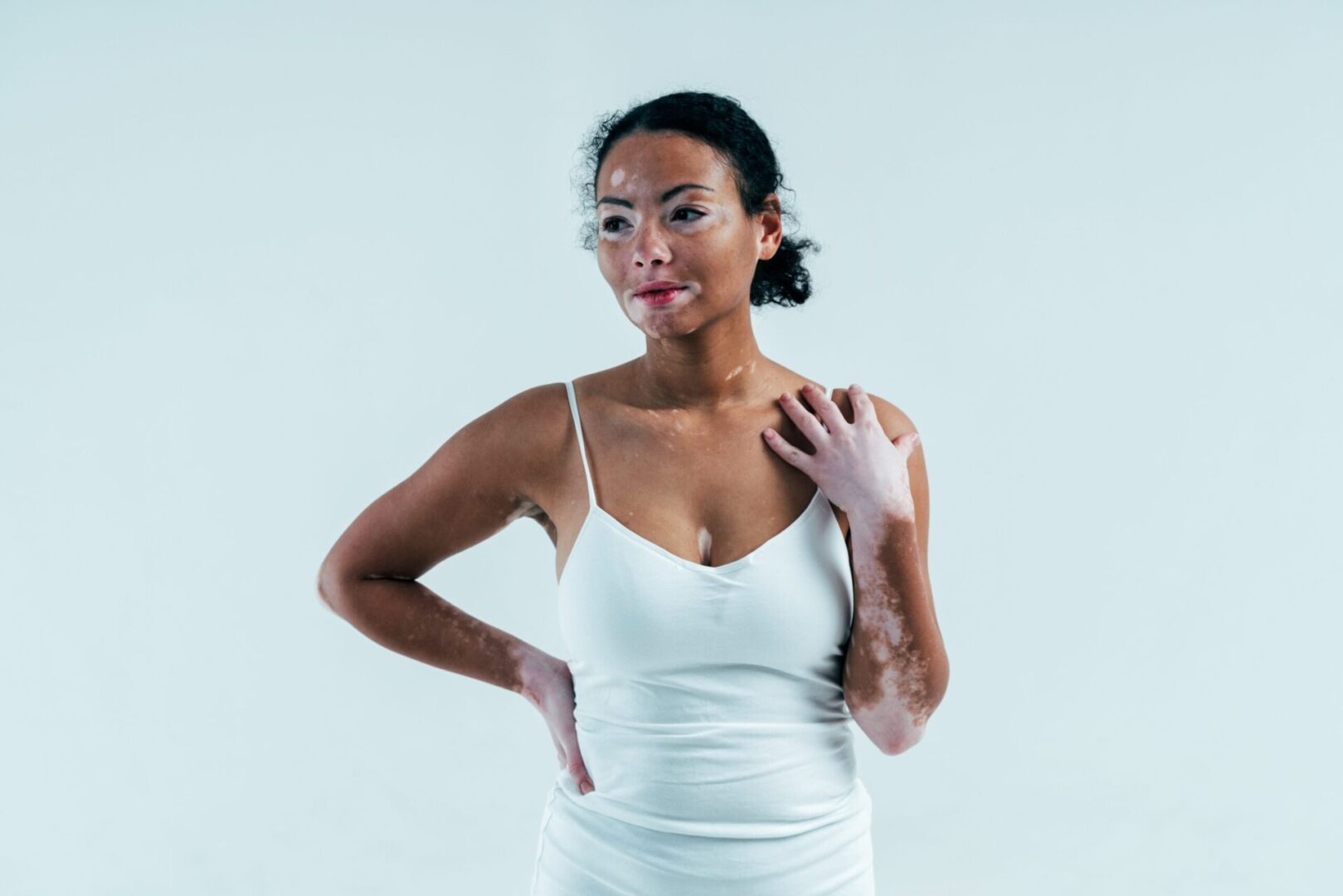
Probing Prolactin: When High Levels Raise Red Flags
We are excited to see so many of you join our FMEP courses. Several of...
0
We are excited to see so many of you join our FMEP courses. Several of you have requested we continue to post more practice SAMPs, so here you go!
Just a reminder… pay attention to the questions. Here are our general tips one more time:
1. Pay attention to the questions. Look carefully at how many items you are being asked to list. If the question asks for five items, you will not get more marks if you list eight items; the examiner will look at the first five and allocate marks only for the first five answers so be careful. On a SAMP, if it is not clearly stated how many items you should list, look at the amount of points/marks being allocated for the question to get an idea of how many answers the examiner may be anticipating you write down.
2. Do not write lengthy answers. Most questions can be answered in 10 words or less!
3. Be specific when writing down investigations (hemoglobin instead of CBC; CT abdomen instead of CT).
4. Remember that trade names and generic names are both acceptable when writing down medications.
5. For more helpful tips, you can refer to CCFP’s SAMP instructions by clicking here.
SAMP
A 16-year-old girl of South Asian descent presents to the dermatology clinic with several well-demarcated, depigmented patches on her hands and around her mouth. She reports that the patches have gradually increased in size over the past 6 months. There is no associated pain, itch, or scaling. Her family history is notable for autoimmune thyroid disease in her mother.
On examination, the lesions are bilateral and more prominent under Wood lamp inspection. Skin scrapings are negative for fungal elements. She expresses significant distress about her appearance, especially due to comments from classmates.
The dermatologist initiates treatment with tacrolimus 0.1% ointment for facial lesions and recommends narrowband UVB phototherapy. A follow-up is scheduled in 3 months. (5 points)
1. What is the most likely diagnosis in this patient? (1 point)
2. Which of the following best describes the most common form of vitiligo? (1 point)
3. What is the preferred topical treatment for facial lesions in vitiligo? (1 point)
4. Which statement about ruxolitinib is true? (1 point)
5. Which of the following contributes most to psychosocial distress in patients with skin of colour affected by vitiligo? (1 point)